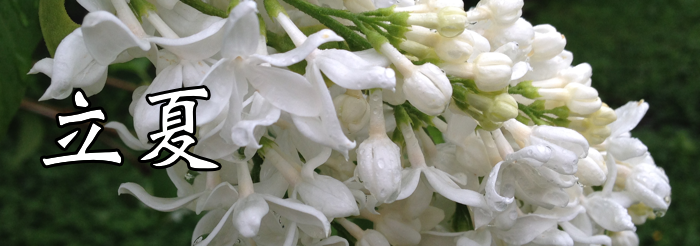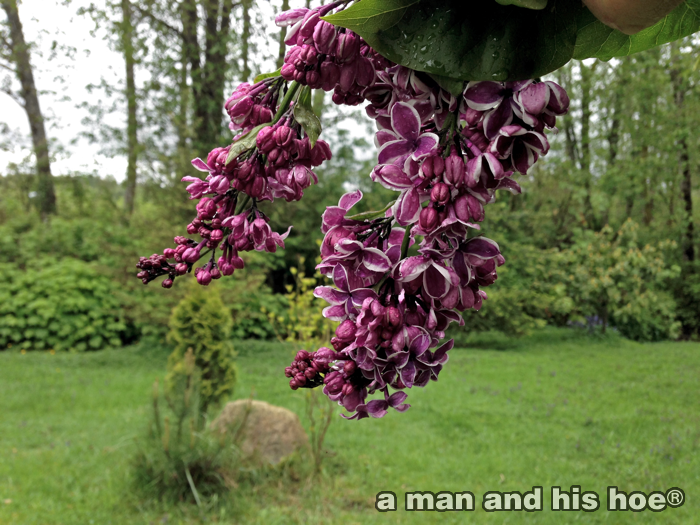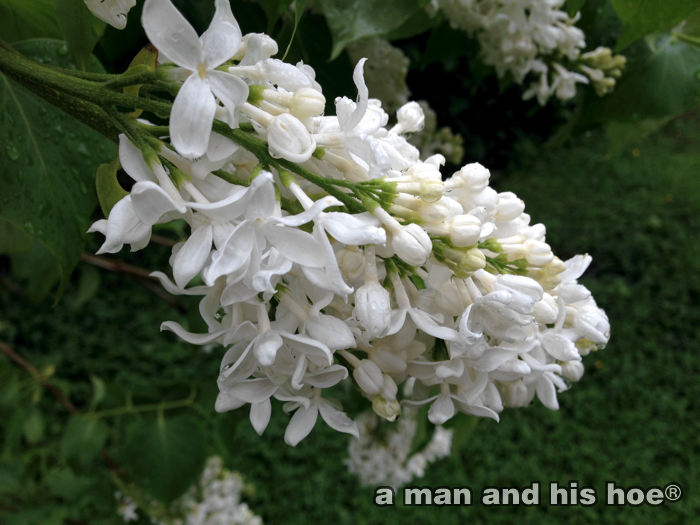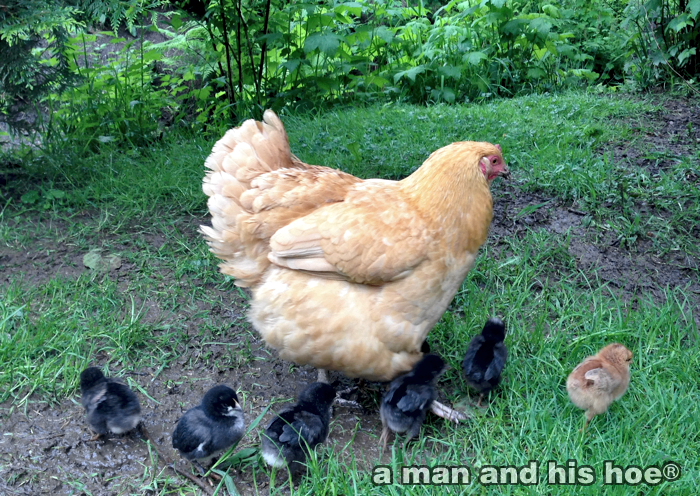
According to the traditional Japanese calendar, May 5 is the start of summer this year. The traditional Japanese calendar, based on the Chinese lunisolar calendar, divides the year into 24 solar terms, which mark each 15 degree movement the earth makes around the sun. The term which just passed, April 20 through May 4 this year, was 穀雨 – Kokuu, which translates to “rains which help the grain grow”. It marks the time when the rains arrive to make the grain grow.
The six terms of summer are:
- 立夏 – rikka, the start of summer 5/5~5/20
- 小満 – syoman, small fullness: the time when everything is growing well 5/21~6/5
- 芒種 – bousyu, heads of grain: the time when the heads of grain are forming 6/6~6/20
- 夏至 – geshi, summer solstice 6/21~7/6
- 小暑 – syosyo, little heat: the time when it gets hot 7/7~7/22
- 大暑 – taisyo, great heat: the hottest time of the year 7/23~8/6
Not a great deal of warmth to mark the start of summer here. The rains which helped the grain grow won’t stop falling.


The mother hens are as busy as ever.

And there is always more planting to do. Looking at a bed of freshly planted soil, it’s hard to believe that in a short time, there will be nothing but vigorous green growth here.

Leave a Reply
You must be logged in to post a comment.